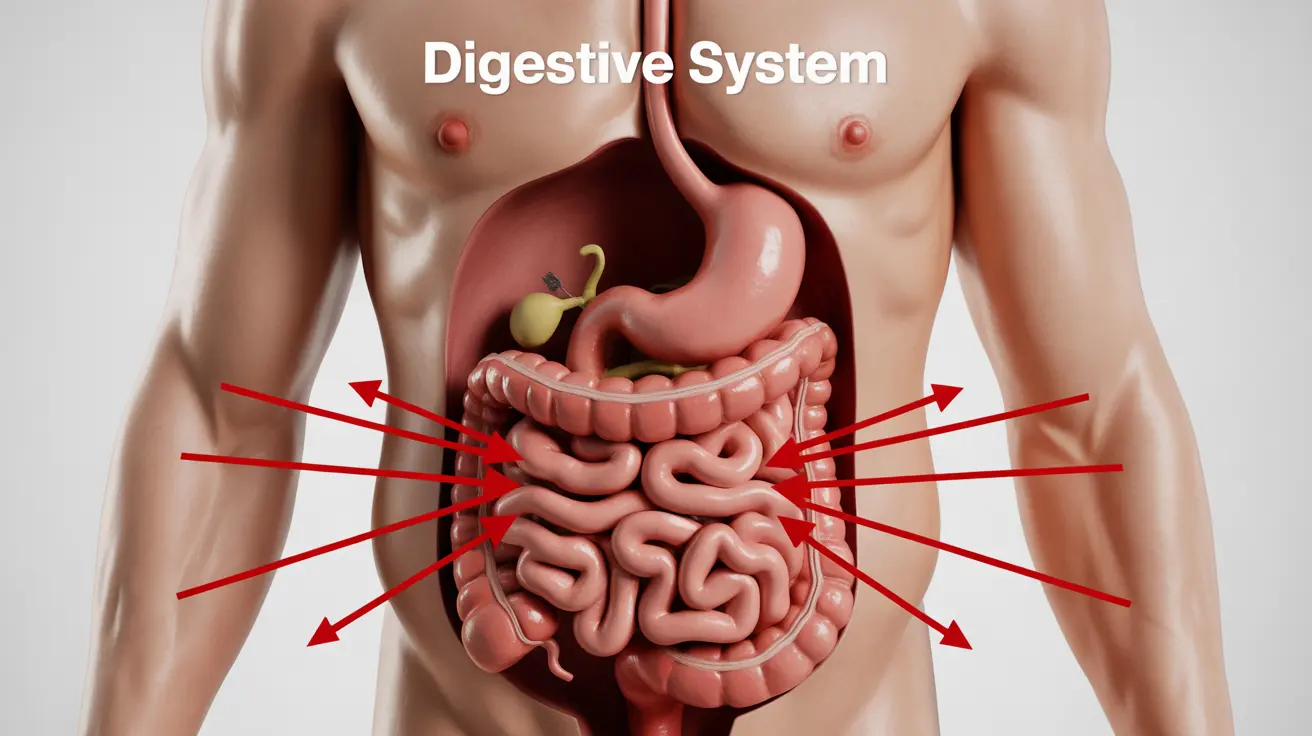Pregnancy can be a beautiful yet challenging time for many women. As the body undergoes significant changes, discomfort and stress often accompany the journey. Prenatal massage has emerged as a popular and effective way to alleviate some of these pregnancy-related issues. This specialized form of massage therapy offers numerous benefits for expectant mothers, promoting both physical and emotional well-being throughout pregnancy and potentially even during labor.
In this comprehensive guide, we'll explore the world of prenatal massage, discussing its unique techniques, remarkable benefits, and important safety considerations. Whether you're an expectant mother looking for relief or simply curious about this therapeutic practice, read on to discover how prenatal massage can contribute to a more comfortable and relaxed pregnancy experience.
Understanding Prenatal Massage: A Gentle Approach to Pregnancy Wellness
Prenatal massage is a specialized form of massage therapy tailored specifically to the needs of pregnant women. Unlike regular massage, prenatal massage employs gentler techniques and modified positioning to ensure the safety and comfort of both mother and baby.
Key Differences Between Prenatal and Regular Massage
While both types of massage aim to promote relaxation and alleviate discomfort, prenatal massage differs in several important ways:
- Pressure: Prenatal massage uses light to medium pressure, avoiding deep tissue techniques.
- Techniques: Gentle, slow movements such as kneading and stroking are emphasized.
- Positioning: Side-lying positions are typically used, supported by specialized pillows and props.
- Focus areas: Special attention is given to areas commonly affected by pregnancy, such as the lower back, hips, and legs.
The Benefits of Prenatal Massage for Expectant Mothers
Prenatal massage offers a wide range of benefits that can significantly improve the pregnancy experience:
Physical Benefits
Regular prenatal massage can help alleviate many common pregnancy discomforts, including:
- Back pain and sciatica
- Swelling in the hands and feet (edema)
- Joint pain and stiffness
- Muscle tension and cramping
- Headaches and sinus congestion
Emotional and Mental Benefits
Beyond physical relief, prenatal massage can also contribute to emotional well-being:
- Reduced stress and anxiety
- Improved mood and decreased symptoms of depression
- Better sleep quality and reduced insomnia
- Increased feelings of relaxation and well-being
Potential Labor and Postpartum Benefits
Some studies suggest that prenatal massage may offer benefits extending into labor and the postpartum period:
- Potential for easier labor through increased oxytocin production
- Reduced labor pain and duration
- Improved bonding with the baby
- Faster postpartum recovery
Safety Considerations and Precautions for Prenatal Massage
While prenatal massage is generally safe for most pregnant women, there are important precautions to keep in mind:
When to Avoid Prenatal Massage
Prenatal massage may not be recommended in certain situations, including:
- High-risk pregnancies
- Pregnancy-induced hypertension or preeclampsia
- Recent vaginal bleeding
- Deep vein thrombosis (DVT) or blood clotting disorders
- Placental or cervical issues
Important Safety Guidelines
To ensure a safe and beneficial experience, follow these guidelines:
- Always consult with your healthcare provider before starting prenatal massage
- Choose a certified prenatal massage therapist with specialized training
- Avoid deep pressure, especially on the abdomen and legs
- Stay hydrated before and after your massage
- Communicate any discomfort or concerns to your therapist immediately
Finding the Right Prenatal Massage Provider
When seeking prenatal massage services, consider the following factors:
- Certification and specialization in prenatal massage
- Experience working with pregnant clients
- Positive reviews and recommendations from other expectant mothers
- Clean and comfortable facilities with proper pregnancy supports
- Willingness to accommodate your specific needs and preferences
Many spas and wellness centers offer prenatal massage, and some providers even offer in-home services for added convenience. Remember to prioritize your comfort and safety when choosing a provider.
Frequently Asked Questions
What are the primary benefits of prenatal massage for pregnant women, and how can it improve pregnancy outcomes?
Prenatal massage offers numerous benefits for pregnant women, including pain relief, reduced swelling, improved sleep, and decreased stress and anxiety. It can also help regulate hormones like oxytocin and serotonin, potentially improving mood and reducing symptoms of depression. In terms of pregnancy outcomes, some studies suggest that regular prenatal massage may contribute to easier labor, reduced labor pain, and improved bonding with the baby. However, more research is needed to conclusively establish these long-term benefits.
How is prenatal massage different from regular massage, and what are the safest techniques to use?
Prenatal massage differs from regular massage in several key ways. It uses lighter pressure, focuses on gentle techniques like kneading and stroking, and avoids deep tissue work. Positioning is also different, with side-lying positions being most common to ensure comfort and safety. The safest techniques for prenatal massage include Swedish massage, light effleurage, and gentle myofascial release. These methods prioritize relaxation and pain relief without putting undue pressure on the body or potentially triggering complications.
Are there any specific conditions where prenatal massage should be avoided, and what precautions should I take?
Prenatal massage should be avoided in cases of high-risk pregnancies, pregnancy-induced hypertension, recent vaginal bleeding, deep vein thrombosis, and certain placental or cervical issues. As a precaution, always consult with your healthcare provider before starting prenatal massage, especially if you have any pre-existing conditions or pregnancy complications. Choose a certified prenatal massage therapist, avoid deep pressure, and communicate any discomfort immediately during the session.
Can prenatal massage help reduce pain and discomfort during labor, and what are the potential long-term benefits for the baby?
Some studies suggest that regular prenatal massage may help reduce pain and discomfort during labor by increasing oxytocin levels, which can support effective contractions. It may also contribute to shorter labor duration for some women. While direct long-term benefits for the baby are not well-established, the reduced stress and improved well-being of the mother during pregnancy could potentially have positive effects on fetal development and mother-baby bonding. However, more research is needed to confirm these potential long-term benefits.
How often can I safely get prenatal massages during my pregnancy, and do I need a doctor's approval?
The frequency of prenatal massages can vary based on individual needs and your healthcare provider's recommendations. Generally, it's safe to have prenatal massages every two weeks during the second trimester, increasing to weekly sessions in the third trimester if desired. It's highly recommended to get your doctor's approval before starting prenatal massage, especially if you have any health concerns or are in your first trimester. Your doctor can provide personalized advice based on your specific pregnancy situation.
Remember, while prenatal massage can offer numerous benefits, it's essential to prioritize safety and consult with your healthcare provider to ensure it's appropriate for your individual pregnancy journey.




